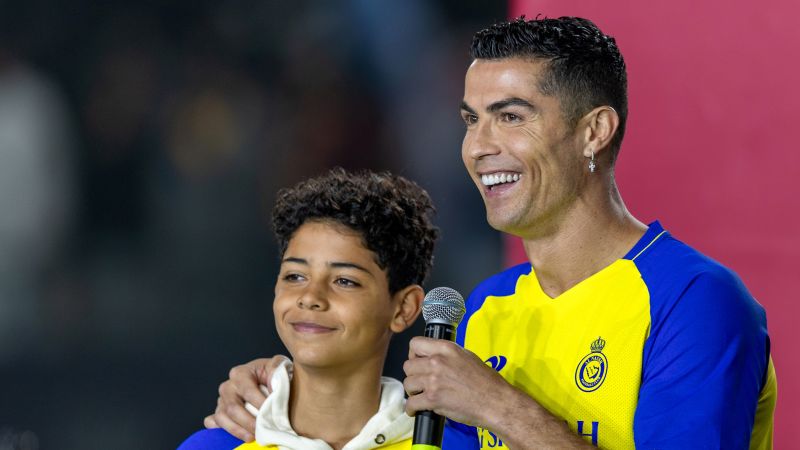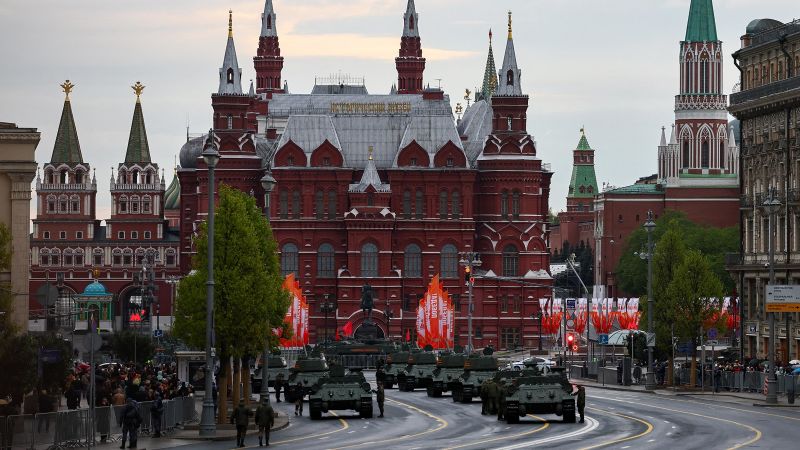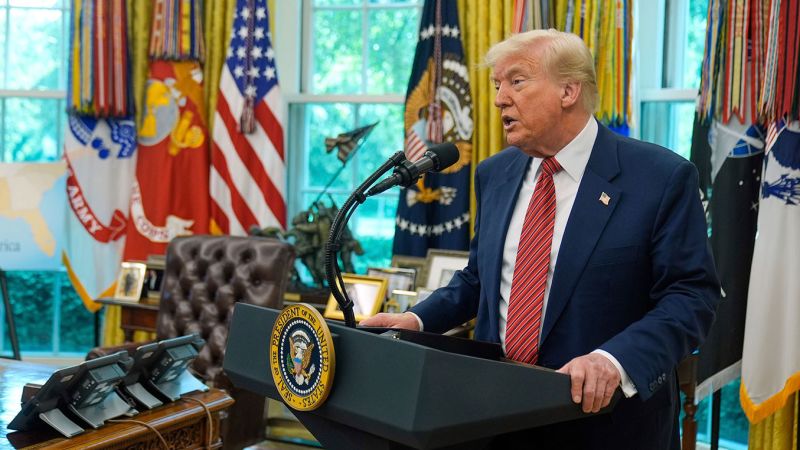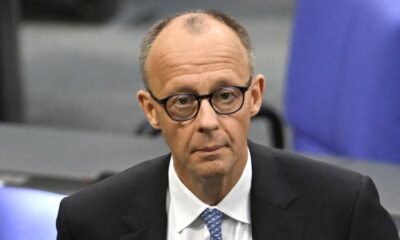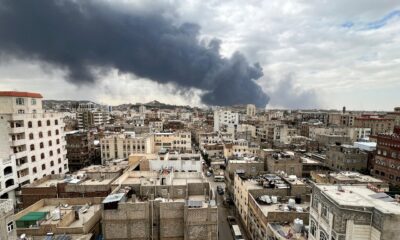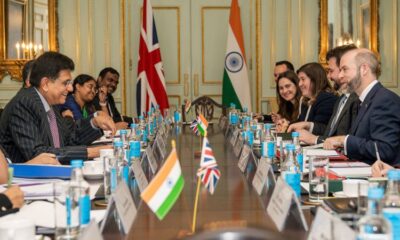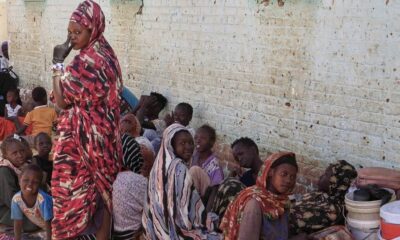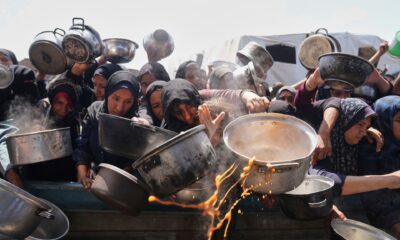CNN
—
President Donald Trump teased a significant trade announcement to be announced Thursday — a source familiar with the administration’s plans tells CNN the deal will be with the United Kingdom.
It’s yet another sign of some possible relief from historically high tariffs that have threatened serious damage to the US and global economies.
“Big News Conference tomorrow morning at 10:00 A.M., The Oval Office, concerning a MAJOR TRADE DEAL WITH REPRESENTATIVES OF A BIG, AND HIGHLY RESPECTED, COUNTRY. THE FIRST OF MANY!!!” Trump posted Wednesday night on Truth Social.
In his post, Trump didn’t specify which country, but his administration has suggested it is in active negotiations with India, the United Kingdom, South Korea and Japan. Trump’s top trade adviser, Peter Navarro, told CNN Tuesday that he suspected the UK may be the first country to sign a trade agreement with the United States.
“I don’t know if it’s going to be the UK first or India first, it’s — we’ve got a little twist in the in this India story, so that might slow things down there, but I can assure the American people that there will be deals, and they will be very good deals for the American people,” Navarro said.
The Financial Times on Tuesday reported that a UK trade deal could be signed this week and could exempt the United States from some non-tariff trade barriers, including the UK’s 2% digital services tax charged to US technology companies. In exchange, the United States may ease the tariff burden on the UK, perhaps reducing or exempting the country from 25% tariffs on aluminum, steel and autos, the FT reported.
For weeks, Trump officials have said they are talking to more than a dozen countries and are nearing a deal, but none have been announced so far. Trump has frequently said he is in no rush to sign a deal, claiming that countries have been “ripping off” America for years and the high tariffs the United States has imposed will help balance trade.
Despite the administration’s rhetoric that it is in advanced trade negotiations with more than a dozen countries, actual trade deals take significant time, often years, to hash out. They typically involve incredibly complex agreements, delving into the minutiae of various goods and non-tariff barriers. They often involve significant political considerations, as various parties seek to protect voters with special interests.
Instead, the “deal” Trump teased is more likely a memorandum of understanding. That may result in lower tariffs on one particular country’s goods in the near term, but they’ll do little that amounts to a substantial economic win for quite some time.
And this is just a single agreement. The “reciprocal” tariffs that went into effect April 7 and were paused for 90 days on April 9 affect dozens of countries. A hundred or so more are subject to the 10% universal tariff. The administration can’t possibly get those all done by July 8.
“The 90-day tariff pause, which is now roughly 25% over, provides little time for the typical back-and-forth trade discussions that require months if not years to craft a trade deal,” said Jacob Jensen, trade policy analyst for the American Action Forum, a center-right policy institute.
“There is a significant difference if these deals are official, written trade agreements rather than verbal commitments to buy more US products, as one has long-term economic implications and the other can be ignored down the line,” he added.
Trump said last month he would not extend the tariffs a second time — and, in fact, may act sooner to reinstate some tariffs with countries with whom his administration cannot reach an agreement, perhaps in a matter of a couple weeks.
“It will be difficult for the US trade representative to negotiate potentially 100 separate trade agreements within 90 days, meaning President Trump must soon determine whether tariffs will be reinstated or delayed further,” Jensen said.
And even if deals are ultimately completed with all countries, there’s no guarantee Trump would keep them. For example, Trump, in his first term, was instrumental in negotiating the USMCA free trade agreement with Canada and Mexico, only to abandon it in his second term, charging an on-again, off-again 25% tariff on some Mexican and Canadian goods. And by placing significant tariffs on virtually all goods coming into the United States, Trump also blew up a number of existing trade deals with allies.
Trump’s announcement of a trade deal is the second significant sign this week that the administration may be open to negotiations that would ultimately lower some tariffs on foreign nations.
On Tuesday, Treasury Secretary Scott Bessent said that he and US Trade Representative Jamieson Greer will both travel to Geneva, Switzerland, where they will meet their Chinese counterparts.
Although Bessent told Fox News not to expect a major trade deal from the meetings, he acknowledged it was an important step in negotiations and could de-escalate tensions that have led the United States to place at least a 145% tariff on most Chinese goods. In turn, China has placed a 125% tariff on US goods.
Trump, however, on Wednesday said he would not lower the high tariffs on China in advance of discussions, which Beijing has previously said was a pre-condition for talks.
When asked in the Oval Office whether he was open to pulling back the historically high tariffs to get China to the negotiating table, Trump replied simply with: “No.”
Nevertheless, any thaw in the trade war could be a welcome sign for businesses and consumers in both countries and around the globe.
The punishing tariffs have already damaged economies around the world — particularly America’s. The US economy went into reverse in the first quarter, its first contraction in three years, as businesses stockpiled goods in anticipation of Trump’s “Liberation Day” tariffs, which began in the second quarter.
Although the China-US trade standoff is by far the most aggressive, Trump has imposed large tariffs on most other countries around the world too: a 10% universal tariff on virtually all goods entering the United States, plus 25% tariffs on steel, aluminum, autos, auto parts and some goods from Mexico and Canada.
So the world will be watching Thursday’s announcement and the US-China talks this weekend with anticipation.
Federal Reserve Chair Jerome Powell on Wednesday said at a press conference that tariffs could do serious damage to America’s economy. But he said the trade talks the United States is holding with foreign countries could prevent the worst-case scenario.
Global economists at the International Monetary Fund, OECD and World Bank have all predicted that Trump’s trade war would have disastrous effects on the global economy, slowing growth dramatically in some countries, while reigniting inflation. Many US economists and large banks predict the United States could enter a recession this year.
This story has been updated with additional developments and context.


